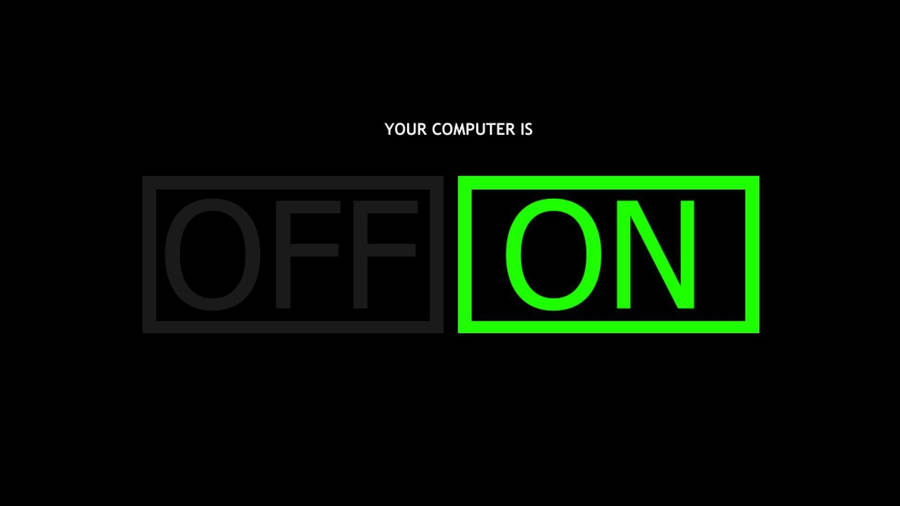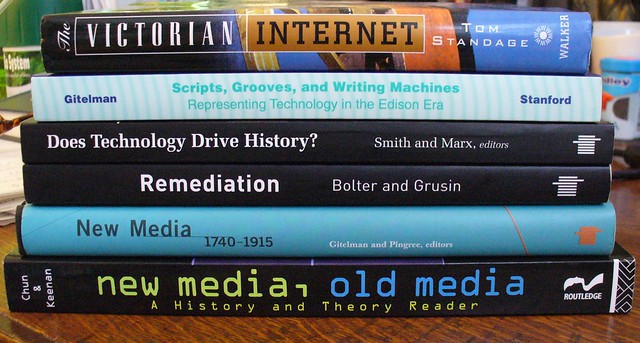The following essay is a response to a question raised in a Network Media symposium earlier in the semester:
Are we all narcissists online?”
It’s true that social media give people more control over their public ‘me’, but what does this mean for the Network Age?
Our modern online landscape, which is littered with social networks, is the terrain where technological revolutions that allow the possibility of radically new forms of self are coming into being. We now have endless opportunities for expression and rejection of accepted norms, meaning that issues like power, control, privacy, democratisation, equality and freedom introduce themselves as updated and urgent problems.
Self image is becoming an obsession of the ‘plugged-in’ generation. Social media are used to “control others perceptions of [ourselves]” (Panek et al, 2013). The Western world glamourises being individual and successful, which prompts a pressure to convey this to others in an overt way via our online lives. Social media allow us the opportunity to edit what we present to our networks, letting us crop and change our image to portray it in any manner we wish.
The ease of connection through new forms of technology (such as smartphones and tablets) means that we are beginning to communicate not through conversation, but through the click of a button. We perceive this as ‘efficient friend management’. However, Dunbar’s Number tells us that the limit to how many comfortable social relationships a person can handle at any one time is merely 150 (Dunbar, 2010). We are sacrificing the quality of our friends for the quantity. Instead of building up friendships, we find ourselves building up our ‘personal profiles’ which can dictate how we feel in the real world.
Social media assures us that we will always be heard, and that we will never be alone. However, this effectively leads to a mass of humans being “alone together” in the digital sphere (Turkle, 2011).
Cooley’s theory of the Looking Glass Self (1902) offers us a way of understanding this new phenomenon of our public ‘me’s, over 100 years later from his hypothesis of ‘I am who I think you think I am’. In an online context, this means that users often curate their online personas to reflect how they imagine their peers to view them.
Bourdieu’s notion of the forms of capital (1986) also provides an interesting perspective for viewing the activity of the digital age. Online profiles can become mouthpieces for displaying our cultural, financial and social capital, which culminate to determine how much power we assert. Contemporary sociologists are beginning to thinking about a new emerging form of capital: digital capital.
Celebrity social media use is now a necessary and fundamental aspect of public life. Famous figures now amass vast number of followers, which allows them to communicate and connect with their fans on the same level using the same language and conventions on the same platforms. This fuels a sense of interconnectedness and reduces the top-down nature of Web 1.0.
The world of social media has some interesting implications when considered in conjunction with Habermas’ public sphere (1964). The public sphere is defined as a conceptual space in society where all citizens can assemble to discuss public opinion. For hundreds of years, this was how society functioned and allowed the process of democracy to take place. However in the current Western world, democracy now happens under our fingertips as soon as we log on to social media. Instantly, we can contribute to public debate, comment on our fellow citizens’ opinions and assemble in an alternative kind of ‘public sphere’. So this begs the question – where does our digital realm belong in the public sphere? Is it its own public sphere? Do we have a public sphere 2.0? Are they the same thing?
The dominant culture of social media is creating an online language of the connected, making digital literacy imperative to navigate the online world. This is leading to a mega-sub-culture for the ‘plugged-in masses’, with its own vocabulary and set of social norms and rule.
Instagram is another example of our image-driven, ‘faked experiences’ online lifestyles. These attractively edited images play a central role in our perception of our friends. Krasnova (2013) speaks of how this has an malicious impact on human feelings of envy and jealousy, which acts as a threat to users’ life satisfaction overall. She explains the “envy spiral”, saying “self-promotion triggers more self-promotion, and the world on social media gets further and further from reality.”
There are inherent issues of privacy, access, infrastructure and online inequality (as with all discussions surrounding the digital network), however we do know that social media offer drastically new ways to present ideas of ourselves. Sherry Turkle sums it up perfectly in saying that “our little devices are so psychologically powerful that they don’t only change what we do, they change who we are” (2012).
List of References
Bourdieu, P. (1986) ‘The forms of capital’ in Richardson, J. (ed.) Handbook of Theory and Research for the Sociology of Education, New York: Greenwood.
Cooley, C. (1902) Human Nature and the Social Order, New York: Scribner’s.
Dunbar, R. (2010) ‘You’ve got to have (150) friends’, The New York Times, December 26, p.15.
Habermas, J. (2009) ‘The Public Sphere: An Encyclopedia Article (1964)’, Media and Cultural Studies Keywords, Hoboken: Wiley-Blackwell.
Krasnova, H. (2013) ‘Envy on Facebook: A Hidden Threat to Users’ Life Satisfaction?’, 11th International conference on Wirtschaftsinformatik, Germany
Panek, E., Nardis, Y. & Konrath, S. (2013) ‘Mirror or Megaphone?: How relationships between narcissism and social networking sit use differ on Facebook and Twitter’, Computers in Human Behaviour, vol. 29, no. 5, pp.2004-2012.
Turkle, S. (2011) Alone Together, New York: Basic Books.
Turkle, S. (2012) Connected, but alone?, Ted Talks, available at: http://www.ted.com/talks/sherry_turkle_alone_together.html. Accessed 9 November 2013.


